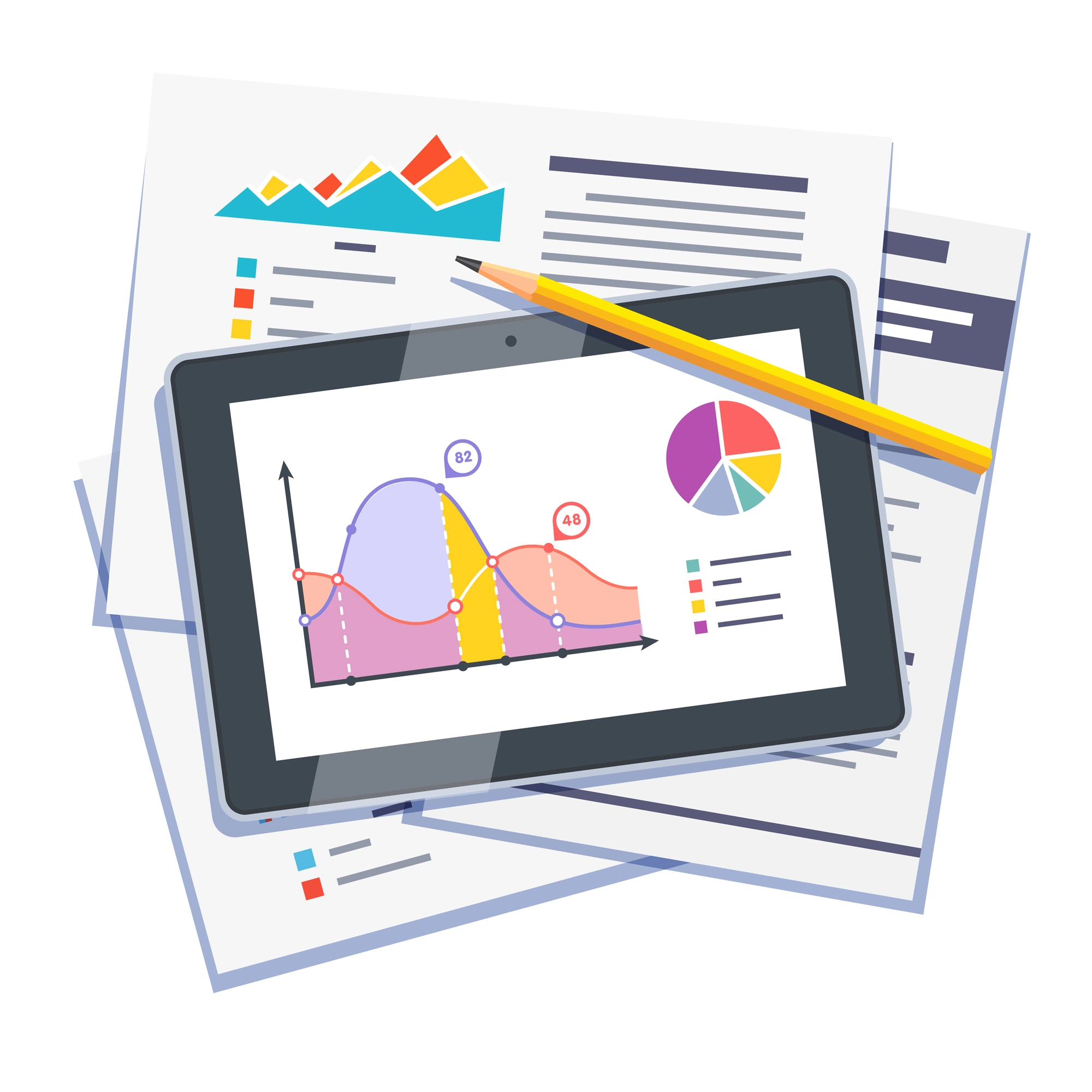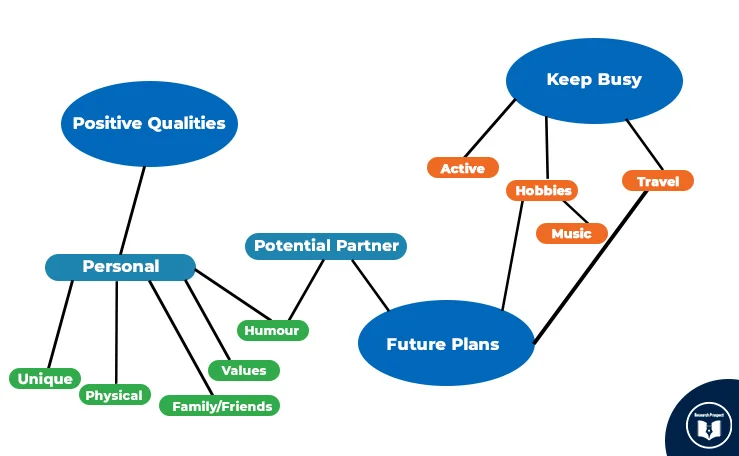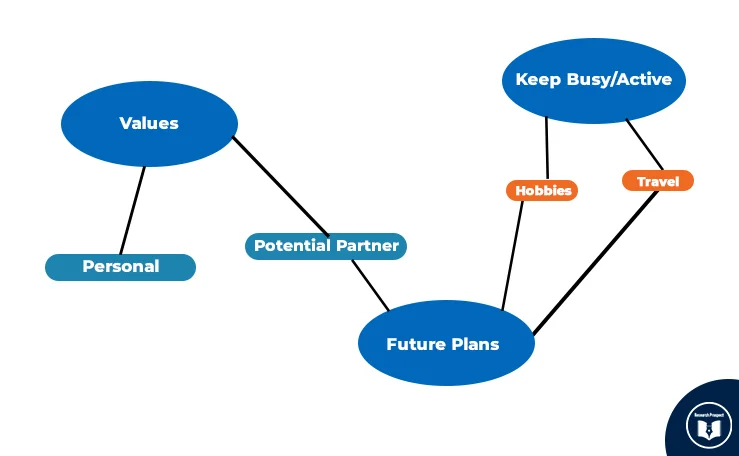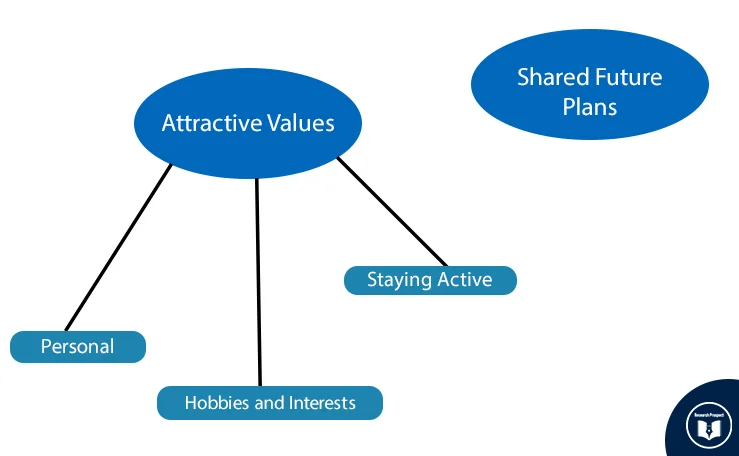Thematic Analysis – A Guide with Examples
Published by at August 16th, 2021 , Revised On August 29, 2023
Thematic analysis is one of the most important types of analysis used for qualitative data. When researchers have to analyse audio or video transcripts, they give preference to thematic analysis. A researcher needs to look keenly at the content to identify the context and the message conveyed by the speaker.
Moreover, with the help of this analysis, data can be simplified.
Importance of Thematic Analysis
Thematic analysis has so many unique and dynamic features, some of which are given below:
Thematic analysis is used because:
- It is flexible.
- It is best for complex data sets.
- It is applied to qualitative data sets.
- It takes less complexity compared to other theories of analysis.
Intellectuals and researchers give preference to thematic analysis due to its effectiveness in the research.
How to Conduct a Thematic Analysis?
While doing any research, if your data and procedure are clear, it will be easier for your reader to understand how you concluded the results. This will add much clarity to your research.
Understand the Data
This is the first step of your thematic analysis. At this stage, you have to understand the data set. You need to read the entire data instead of reading the small portion. If you do not have the data in the textual form, you have to transcribe it.
Example: If you are visiting an adult dating website, you have to make a data corpus. You should read and re-read the data and consider several profiles. It will give you an idea of how adults represent themselves on dating sites. You may get the following results:
Profile 1:
I am a tall, single(widowed), easy-going, honest, good listener with a good sense of humor. Being a handyperson, I keep busy working around the house, and I also like to follow my favourite hockey team on TV or spoil my two granddaughters when I get the chance!! Enjoy most music except Rap! I keep fit by jogging, walking, and bicycling (at least three times a week). I have travelled to many places and RVD the South-West U.S., but I would now like to find that special travel partner to do more travel to warm and interesting countries. I now feel it’s time to meet a nice, kind, honest woman who has some of the same interests as I do; to share the happy times, quiet times, and adventures together
Profile 2:
I enjoy photography, lapidary & seeking collectibles in the form of classic movies & 33 1/3, 45 & 78 RPM recordings from the 1920s, ’30s & ’40s. I am retired & looking forward to travelling to Canada, the USA, the UK & Europe, China. I am unique since I do not judge a book by its cover. I accept people for who they are. I will not demand or request perfection from anyone until I am perfect, so I guess that means everyone is safe. My musical tastes range from Classical, big band era, early jazz, classic ’50s & 60’s rock & roll & country since its inception.
Development of Initial Coding:
At this stage, you have to do coding. It’s the essential step of your research. Here you have two options for coding. Either you can do the coding manually or take the help of any tool. A software named the NOVIC is considered the best tool for doing automatic coding.
For manual coding, you can follow the steps given below:
- Please write down the data in a proper format so that it can be easier to proceed.
- Use a highlighter to highlight all the essential points from data.
- Make as many points as possible.
- Take notes very carefully at this stage.
- Apply themes as much possible.
- Now check out the themes of the same pattern or concept.
- Turn all the same themes into the single one.
Example:
For better understanding, the previously explained example of Step 1 is continued here. You can observe the coded profiles below:
| Profile No. | Data Item | Initial Codes |
|---|---|---|
| 1 | I am a tall, single(widowed), easy-going, honest, good listener with a good sense of humour. Being a handyperson, I keep busy working around the house; I also like to follow my favourite hockey team on TV or spoiling my two granddaughters when I get the chance!! I enjoy most music except for Rap! I keep fit by jogging, walking, and bicycling(at least three times a week). I have travelled to many places and RVD the South-West U.S., but I would now like to find that special travel partner to do more travel to warm and interesting countries. I now feel it’s time to meet a nice, kind, honest woman who has some of the same interests as I do; to share the happy times, quiet times and adventures together. |
Physical description Widowed Positive qualities Humour Keep busy Hobbies Family Music Active Travel Plans Partner qualities Plans |
Profile 2:
| Profile No. | Data Item | Initial Codes |
|---|---|---|
| 2 | I enjoy photography, lapidary & seeking collectables in the form of classic movies & 33 1/3, 45 & 78 RPM recordings from the 1920s, ’30s & ’40s. I am retired & looking forward to travelling to Canada, the USA, the UK & Europe, China. I am unique since I do not judge a book by its cover. I accept people for who they are. I will not demand or request perfection from anyone until I am perfect, so I guess that means everyone is safe. My musical tastes range from Classical, big band era, early jazz, classic ’50s & 60’s rock & roll & country since its inception. | HobbiesFuture plans
Travel Unique Values Humour Music |
Make Themes
At this stage, you have to make the themes. These themes should be categorised based on the codes. All the codes which have previously been generated should be turned into themes. Moreover, with the help of the codes, some themes and sub-themes can also be created. This process is usually done with the help of visuals so that a reader can take an in-depth look at first glance itself.
Extracted Data Review
Now you have to take an in-depth look at all the awarded themes again. You have to check whether all the given themes are organised properly or not. It would help if you were careful and focused because you have to note down the symmetry here. If you find that all the themes are not coherent, you can revise them. You can also reshape the data so that there will be symmetry between the themes and dataset here.
For better understanding, a mind-mapping example is given here:
Reviewing all the Themes Again
You need to review the themes after coding them. At this stage, you are allowed to play with your themes in a more detailed manner. You have to convert the bigger themes into smaller themes here. If you want to combine some similar themes into a single theme, then you can do it. This step involves two steps for better fragmentation.
Coded Data
You need to observe the coded data separately so that you can have a precise view. If you find that the themes which are given are following the dataset, it’s okay. Otherwise, you may have to rearrange the data again to coherence in the coded data.
Corpus Data
Here you have to take into consideration all the corpus data again. It would help if you found how themes are arranged here. It would help if you used the visuals to check out the relationship between them. Suppose all the things are not done accordingly, so you should check out the previous steps for a refined process. Otherwise, you can move to the next step. However, make sure that all the themes are satisfactory and you are not confused.
When all the two steps are completed, you need to make a more précised mind map. An example following the previous cases has been given below:
Define all the Themes here
Now you have to define all the themes which you have given to your data set. You can recheck them carefully if you feel that some of them can fit into one concept, you can keep them, and eliminate the other irrelevant themes. Because it should be precise and clear, there should not be any ambiguity. Now you have to think about the main idea and check out that all the given themes are parallel to your main idea or not. This can change the concept for you.
The given names should be so that it can give any reader a clear idea about your findings. However, it should not oppose your thematic analysis; rather, everything should be organised accurately.
Does your Research Methodology Have the Following?
- Great Research/Sources
- Perfect Language
- Accurate Sources
If not, we can help. Our panel of experts makes sure to keep the 3 pillars of Research Methodology strong.

Also, read about discourse analysis, content analysis and survey conducting. we have provided comprehensive guides.
Make a Report
You need to make the final report of all the findings you have done at this stage. You should include the dataset, findings, and every aspect of your analysis in it.
While making the final report, do not forget to consider your audience. For instance, you are writing for the Newsletter, Journal, Public awareness, etc., your report should be according to your audience. It should be concise and have some logic; it should not be repetitive. You can use the references of other relevant sources as evidence to support your discussion.
Frequently Asked Questions
Thematic Analysis is a qualitative research method that involves identifying, analyzing, and interpreting recurring themes or patterns in data. It aims to uncover underlying meanings, ideas, and concepts within the dataset, providing insights into participants’ perspectives and experiences.









